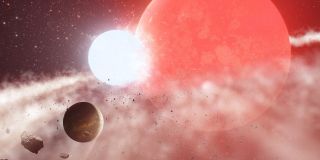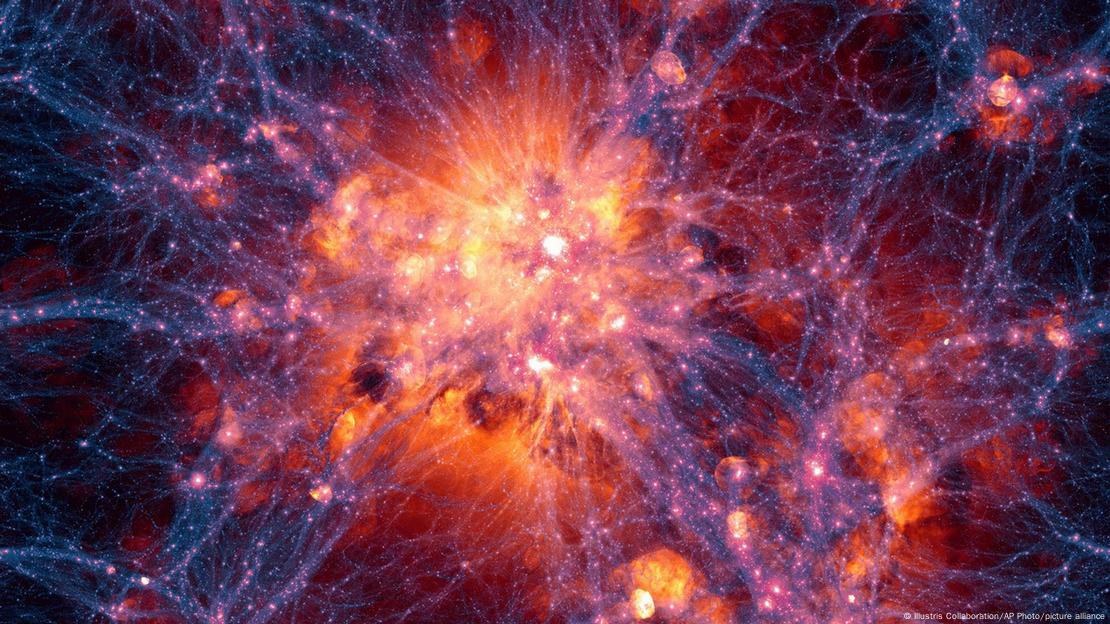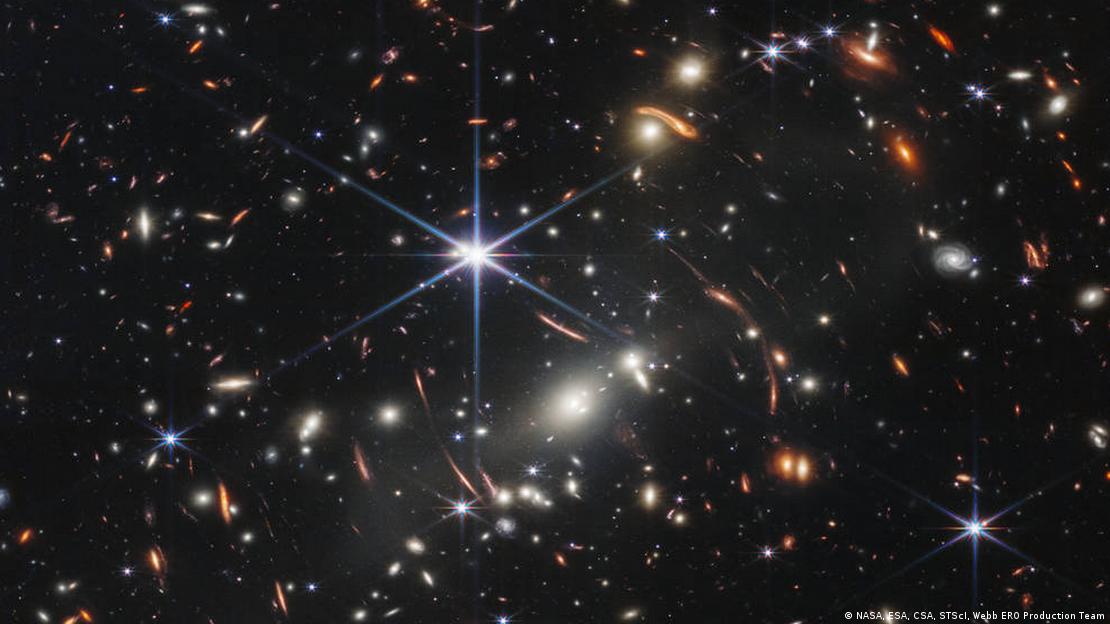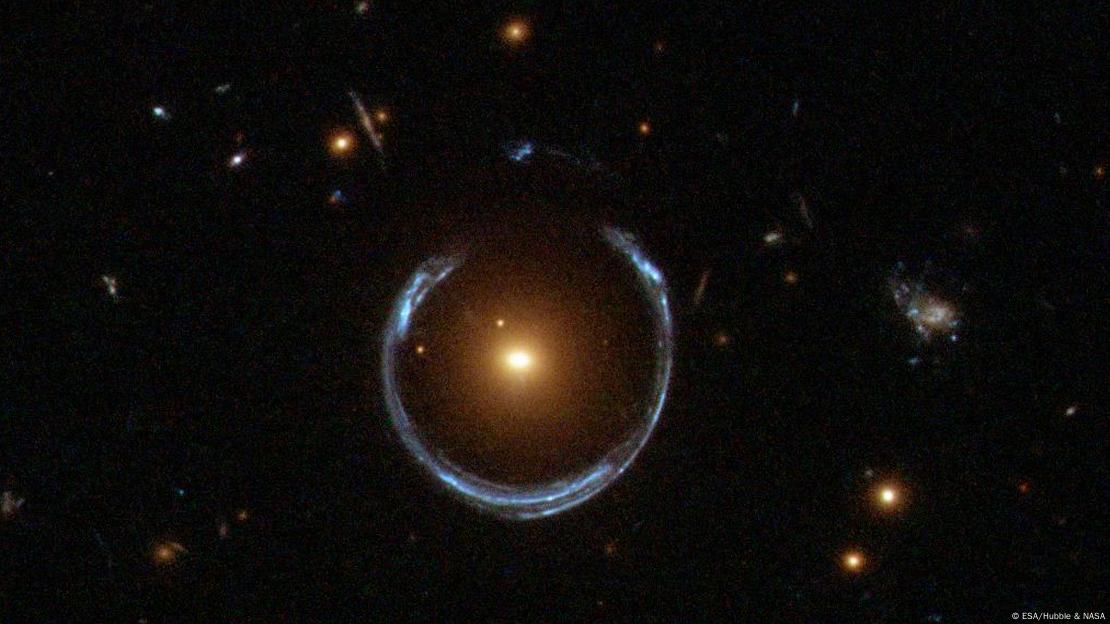Oliver Pieper
DW
Montevideo is experiencing its worst drought in over 70 years. The situation is being worsened by locals hoarding water supplies.
Uruguay was the first country in the world to enshrine the right to clean drinking water in its constitution in 2004. Now, it seems, it's reliant on divine intervention to fulfill this pledge. Montevideo archbishop Daniel Sturla recently tweeted: "Our God, we pray that You grant us the necessary rain."
While many in Uruguay's capital Montevideo, a metropolis of 1.3 million people, thanked the Church for its efforts, others said they doubted that God even follows Twitter.
In any case, only a few raindrops fell from the sky in recent days because the La Nina weather phenomenon is increasingly turning Uruguay, and the capital especially, into a desert.
Empty reservoir
"We had a two-year drought, which was superseded by an extreme drought in the last few months," biologist and environmental expert Mariana Meerhoff told DW. "It is an absolutely exceptional situation for Uruguay."
She says the country is seeing a record drop in precipitation. "We've never had so little rain," Meerhoff says. "The situation in Montevideo is so dramatic because, of course, a lot of people depend on drinking water."
Montevideo and the greater metropolitan area, where more than half of Uruguay's population live, is slowly running out of precious drinking water. Its most important water source, the Paso Severino reservoir located north of Montevideo, is nearly completely empty and currently only holds 3% of its normal capacity.
Uruguay's President Luis Lacalle Pou has declared a water emergency for Montevideo and the wider metropolitan area. For the time being, bottled water is now exempt from taxes. Uruguay's poor, who are especially hard-hit in these tough times, will receive two liters of water (about half a gallon)sai per day free of charge.
Six-liter canisters of drinking water sold in supermarkets have become highly sought-after and are also being carted in from other parts of the country. Three times more water bottles are being sold in Uruguay than usual. This is partly due to hoarding, not dissimilar to the early days of the pandemic around the globe.

Politicians slow to act
"Politicians have reacted far too late to this situation, even though the scientific community has been warning of Uruguay's drinking water problem for almost three decades," says Meerhoff. "They refuse to acknowledge how dramatic the drinking water situation really is." Meerhoff says "water crises like this will increase in the future and become even more severe."
In Montevideo, which once boasted some of the best municipal water in South America, not even 50% of households open their taps anymore, surveys show. The reason is that anyone who takes a sip will likely feel like they are drinking water from the Atlantic Ocean. The pitiful remains from the reservoir have been mixed with water from the pesticide-contaminated River Plate. River and seawater mix in the estuary of the Rio Parana and Rio Uruguay streams, leading to an increased chlorine and salt content in Montevideo's municipal water, far exceeding World Health Organization thresholds.
Uruguay's water emergency has therefore escalated into a political crisis, sparking street protests. Environmental protection group Redes - Amigos de la Tierra blames the dire situation on "plundering." It says that cellulose factories, rice-growing companies and soy farmers consume vast amounts of water without having to pay a single peso.

Agriculture and industry to blame?
"Almost 80% of our freshwater goes to the agricultural and forestry sector, so we can certainly say water resource exploitation is very high in Uruguay," says Meerhoff. "Because so much water is used in industry, the amount for water for personal use and nature is obviously very limited."
Montevideo hospitals and schools now receive drinking water from two wells in the city center, which were rapidly built because of the water shortage. Another reservoir near Montevideo has been in the works for six months. And the repair of the city's old leaky pipes, which often lose a significant amount of water, should soon be on politicians' to-do list.
Unfortunately, many of these measures are only a drop in the ocean. What Uruguay needs – along with many countries and cities around the world – is water long-term strategy. "What is happening here in Montevideo can happen in any city in the world," says environmental expert Meerhoff. "It has happened before a few years ago in Cape Town, South Africa, and Curitiba, Brazil when extreme drought left people without drinking water — with climate change, such scenarios are becoming more and more likely around the world."









